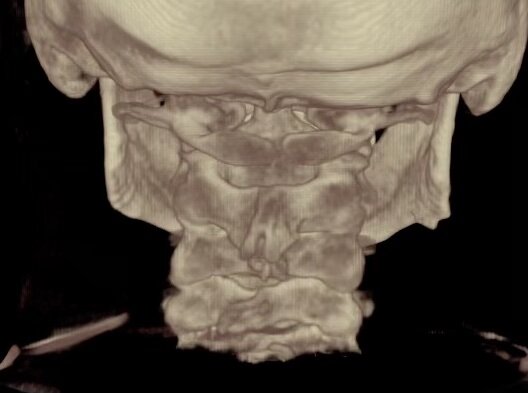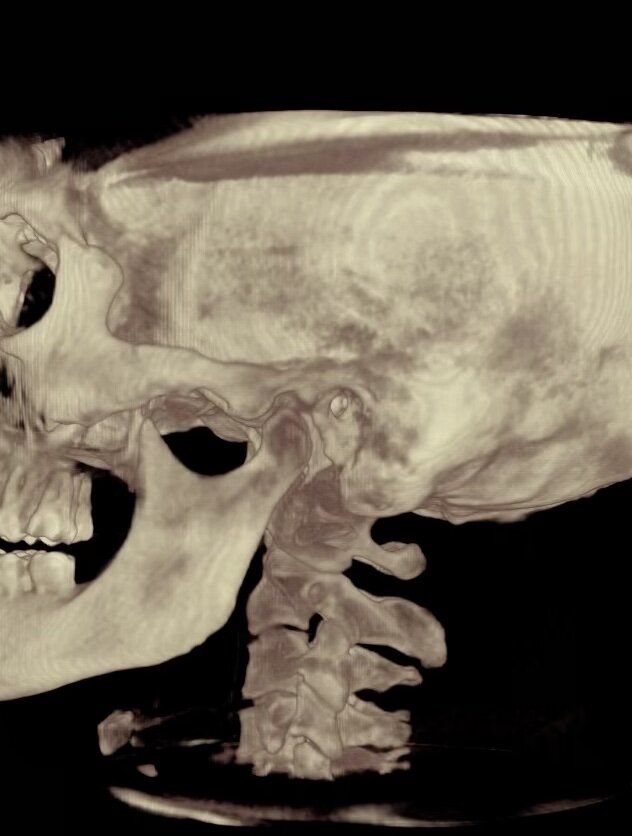Dr. Gordon Elder , the Director of the Blair Chiropractic Clinic in Lubbock, TX tells the story of how and why he became an Upper Cervical Doctor.
I didn’t grow up thinking that I was going to be a Chiropractor. In fact, I had lots of other dreams and plans. It wasn’t until I was in college, studying for business, that I realized that I needed to change my major and that it would be good for me.
When I was four, I was in a car accident and as I grew up, I didn’t think much about it but, when I was ten, I started getting sinus infections that wouldn’t go away unless I was actually on drugs. As soon as I would get off the drugs, the sinus infection would come back. That’d occur three or four times. My mother, who had been seeing a Chiropractor, mentioned it to him. The Chiropractor asked to check me, and sure enough, it was a bone in the top of my neck that had moved and was putting pressure on some nerves and was affecting my immune system.
So, he didn’t treat my sinus infection but, he put that bone back into place and it allowed my body to restore itself and to heal.
Didn’t make a big impression on me at the time; I was only ten. My mom had been seeing this Chiropractor for a little while because of migraine headaches. In that same accident, when I was four, she started getting migraines after that, every day, all day. Now, she’d had migraines before, since junior high, but they weren’t all day, every day. So, they got significantly worse after this accident, and she saw a
Chiropractor and it got better. A friend referred her to a Blair Chiropractor and suddenly she started improving. In her case, it was a slow process but, instead of just pain relief or pain management, it became her body attempting to heal itself and progressively doing so.
I grew up with that. I didn’t really think about it. We had occasional chiropractic appointments to make sure that I was still in alignment. I didn’t have to be adjusted very often; maybe after a wrestling bout or match occasionally. I went through high school aiming for the air force academy. And when I didn’t make it into the air force academy, thinking maybe Business?
And I started studying business and I enjoyed it, but it wasn’t really exciting. I don’t know, it just wasn’t a really great fit.
Now, as it happens, I married a beautiful young lady who had a lot of health problems and I told her that she should see my
Chiropractor. She was a little resistant because she had had a bad experience, like so many people have. But this Chiropractor ran a few tests before asking her any questions about what her problem was. And he pointed to her neck and said,
“You’re carrying pressure on your brain stem and nerves right up here.”
And she started crying a little bit, I think. I remember that I was pretty close to tears because that had been something that we had been suffering with or going through. This was after the first year of marriage so, one year of marriage and she had been suffering from childhood with back pain and headaches and neck pain, and it seemed to be getting worse every year. And the interesting thing is that she had this idea that there was some kind of a tumor or some kind of pressure on the brain stem up here but, all the MRI’s and imaging, doctors said, “That can’t happen. There’s nothing there.” And so, she just felt doomed to slowly getting worse every year. Well, this Chiropractor convinced her to let him adjust her neck and he did. She started sleeping better, she started feeling better, it was a very slow, kind of like my mother, a very slow gradual process.
Meanwhile, I was in business school and realized that this wasn’t so interesting, and my wife ended up working for this Chiropractor and then coming home and telling me all of these cool stories about people who were getting well from things that I didn’t even know that chiropractic could help. I thought,
“Wow! This is pretty awesome!”
Also, I knew that my wife was a pretty severe case, and she may need care for the rest of her life just to make sure that she stays in alignment. I thought, “Man, now I have to live next to a Blair chiropractor for the rest of my married life.” Okay, we can do that, but I got a good idea. I thought, “Well look, I’m good with my hands, I like helping people, and... maybe I should be a Chiropractor?” So, I talked to the Chiropractor, and he convinced me that this was probably a pretty good idea.
And immediately I re-found my joy for school. I enjoyed my pre-chiropractic studies, I enjoyed chiropractic college, I enjoyed learning this very specialized technique that wasn’t even taught at the college that I went to. In fact, at the time, I don’t think it was taught at any college. But as I started going to these seminars and learning this technique and learning chiropractic,
I found real joy and excitement in thinking that I can use my hands and I can relieve suffering and I can help people get well.
And that’s really my story of how I got into Chiropractic. It wasn’t a story of me, personally, being sick and getting well, although that did happen. It was more, watching my wife get well and then thinking back about my mother and how she got well.





